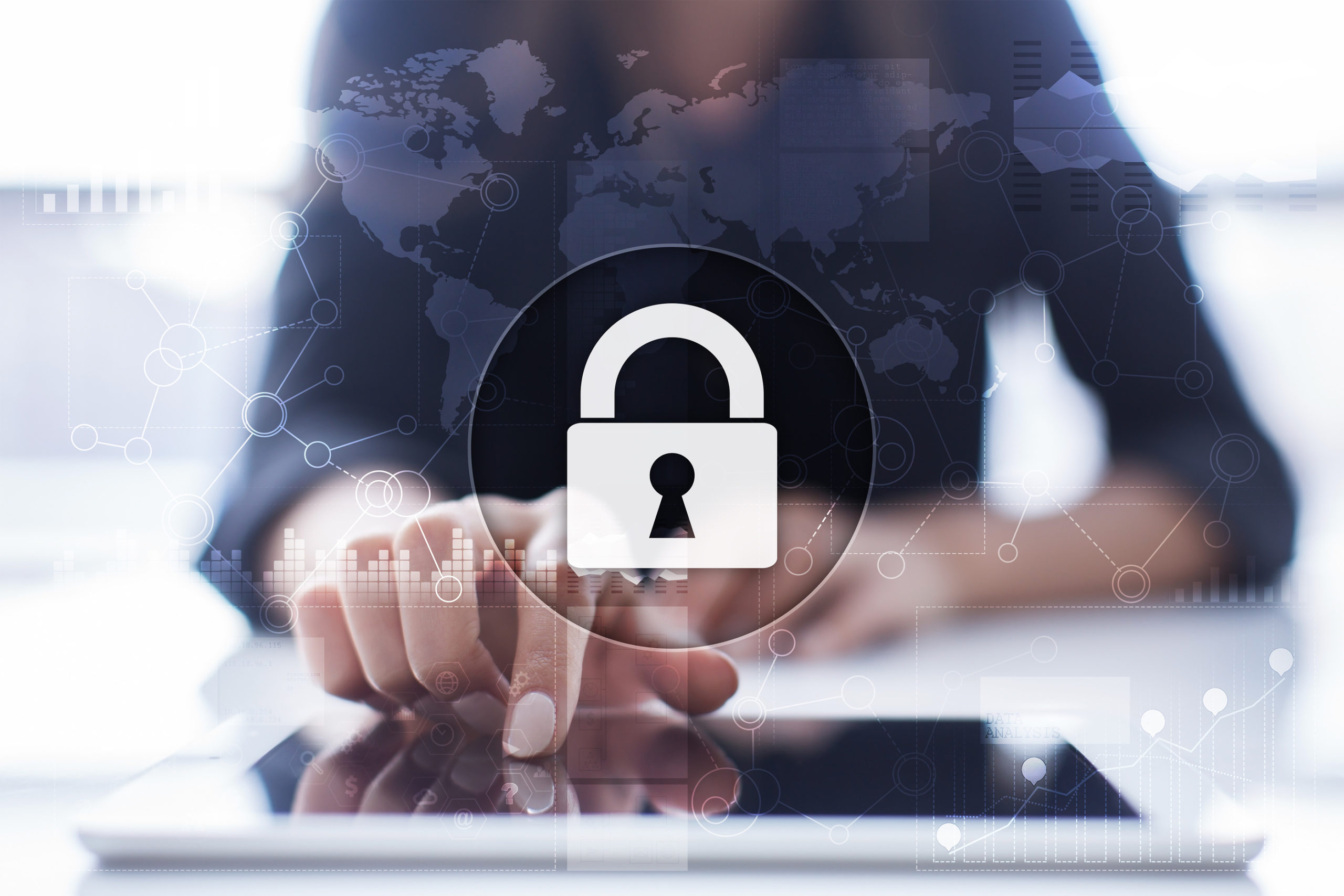
More people than ever before are using online video conferencing. Due to the coronavirus pandemic, applications like Zoom and Skype have been invaluable for keeping employees connected to work, students educated, and locked down families in touch.
The growth of online meetings has been explosive. For example, Zoom had 10 million daily users in December of 2019 and by April 2020, they had over 300 million.
But this growth has come with some definite growing pains in the area of online security.
You may have heard a new term popping up in the news and on social media called “Zoom-bombing.” This is when someone that isn’t invited crashes a video meeting for the purpose of disrupting it.
Imagine if you were having a meeting in a physical conference room at work, and suddenly someone broke in and started running around with a big poster showing offensive or inappropriate images. It’s like that, only done virtually.
By the way, this behavior might be named for Zoom because it’s one of the most popular online meeting tools, but this same type of gatecrashing can happen in any type of video software if the meeting isn’t properly secured.
Why Is Zoom-bombing Just Happening Now?
Video conference technology has been around for a while, so why is Zoom-bombing just happening now?
There are a few factors at play:
● Many more people are using online meeting software daily
● Consumers are using software that makers envisioned for business use
● Due to the quarantine, more people are at home and bored (i.e. troublemakers)
● Software manufacturers, like Zoom, weren’t prepared for this uptick in consumer use of their platform
How Can I Keep My Online Meetings Secure?
For businesses, schools, and individuals in Framingham, Natick, or Sudbury those video conferences have become an important way to stay connected during the pandemic.
You shouldn’t have to sacrifice that connection just because of some bad actors out there disrupting online meetings.
It is still safe to meet online without worry about a gatecrasher, as long as you follow some of these important tips for meeting security.
Update Your Video Conference Software Regularly
Due to these Zoom-bombing incidents, software developers have been rolling out urgent security updates to make platforms more secure. These involve things like defaulting to more secure settings, as well as reducing the risk of a meeting takeover.
Make sure you’re keeping your software updated regularly so you’re getting these security enhancements and ask your meeting participants to do the same.
Don’t Allow Participants into a Meeting Automatically
You do not want to allow meeting participants into the meeting before the presenter/host, so be sure that setting is not checked.
It’s safest to only allow the presenter into the meeting automatically and keep everyone else in a virtual waiting room. Then once the presenter is there, they can check the list of people in the waiting room and only grant meeting access to authorized participants.
Always Use a Password for Your Meeting
While it’s more convenient, especially if you have a large group, to not require a password to join an online meeting, it’s much less secure. If there’s no password, anyone with the ID can join, which is what happens in these Zoom-bombing incidents.
Always set a meeting password when you schedule a video meeting so you have one more safeguard that can keep unwanted parties out.
Don’t Freely Post Your Meeting Information
Be careful where you post your meeting ID and password. People that join meetings uninvited often look for them on social media or other public forums like school websites.
Send the information needed to join the video meeting individually to each participant and ask them not to post it anywhere to avoid any Zoom-bombing problems.
Don’t Let Removed Users Rejoin
This seems like a given, that if you boot someone out of your online meeting that you wouldn’t want them to rejoin, but there is a setting for this.
Make sure you’ve unchecked the setting to allow a user to rejoin a meeting after they’ve been removed.
Generate a New Meeting ID Each Time
If you have daily group meetings for work or school, it can be convenient to use the same meeting ID each time, but this also makes it easier for your meeting to be compromised.
Instead, when you’re creating a new meeting, you want to have a new meeting ID generated which makes it harder for someone to guess the ID or reuse one that another gatecrasher used successfully.
Lock Your Meeting Once It Has Begun
Zoom has a feature in the participants panel that allows you to lock a meeting once it has started. Once locked, even someone with the ID and password can’t join the call.
Let your participants know about this ahead of time so they can make sure they’re on time, then once you have everyone there, lock the meeting to keep it private.
Are You Using Good Online Security Practices at Home?
Many of us are working and going to school from home during the pandemic. Is your home device protected from breaches? Pro Tech Guy can help you make sure it is with a trouble-free Cloud Care plan.
Contact us today to learn more. Call 508-364-8189 or reach us online.
